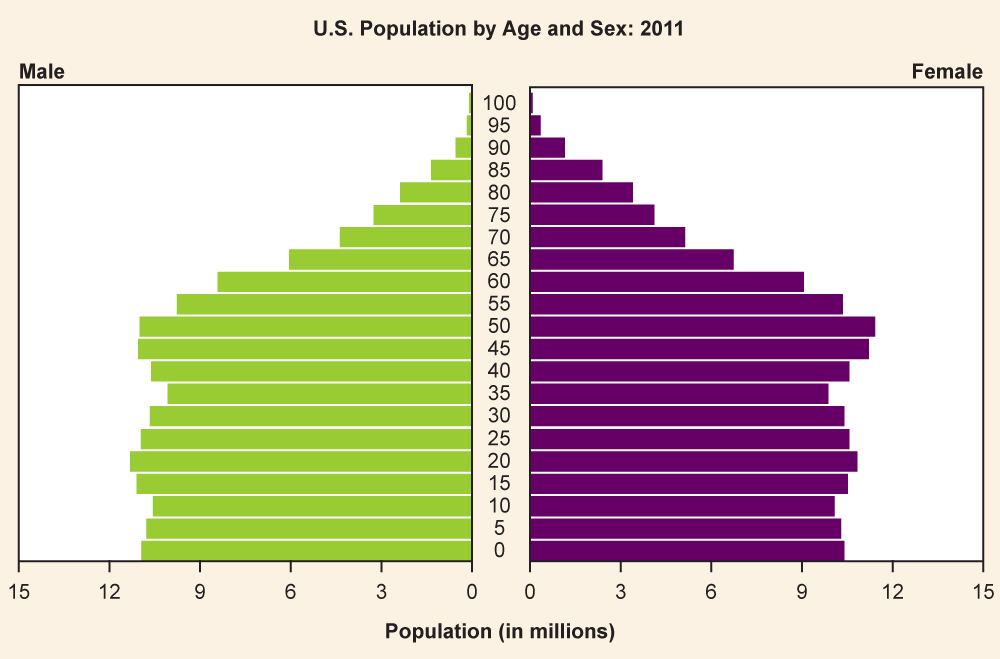| << Chapter < Page | Chapter >> Page > |

We recently hit a population milestone of seven billion humans on the earth’s surface. The rapidity with which this happened demonstrated an exponential increase from the time it took to grow from five billion to six billion people. In short, the planet is filling up. How quickly will we go from seven billion to eight billion? How will that population be distributed? Where is population the highest? Where is it slowing down? Where will people live? To explore these questions, we turn to demography , or the study of populations. Three of the most important components affecting the issues above are fertility, mortality, and migration.
The fertility rate of a society is a measure noting the number of children born. The fertility number is generally lower than the fecundity number, which measures the potential number of children that could be born to women of childbearing age. Sociologists measure fertility using the crude birthrate (the number of live births per 1,000 people per year). Just as fertility measures childbearing, the mortality rate is a measure of the number of people who die. The crude death rate is a number derived from the number of deaths per 1,000 people per year. When analyzed together, fertility and mortality rates help researchers understand the overall growth occurring in a population.
Another key element in studying populations is the movement of people into and out of an area. Migration may take the form of immigration, which describes movement into an area to take up permanent residence, or emigration, which refers to movement out of an area to another place of permanent residence. Migration might be voluntary (as when college students study abroad), involuntary (as when Somalians left the drought and famine-stricken portion of their nation to stay in refugee camps), or forced (as when many Native American tribes were removed from the lands they’d lived in for generations).
Changing fertility, mortality, and migration rates make up the total population composition , a snapshot of the demographic profile of a population. This number can be measured for societies, nations, world regions, or other groups. The population composition includes the sex ratio (the number of men for every hundred women) as well as the population pyramid (a picture of population distribution by sex and age).

| Country | Population (in millions) | Fertility Rate | Mortality Rate | Sex Ratio Male to Female |
|---|---|---|---|---|
| Afghanistan | 29.8 | 5.4% | 17.4% | 1.05 |
| Sweden | 9.1 | 1.7% | 10.2% | 0.98 |
| United States of America | 313.2 | 2.1% | 8.4% | 0.97 |

Notification Switch
Would you like to follow the 'Introduction to sociology' conversation and receive update notifications?